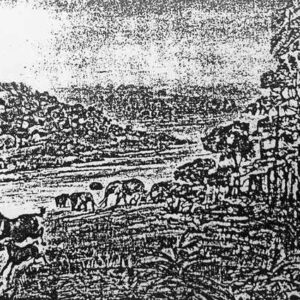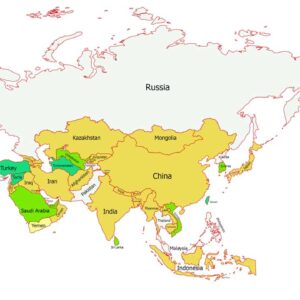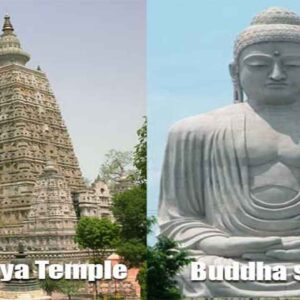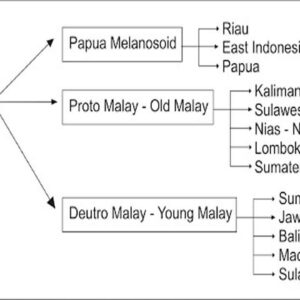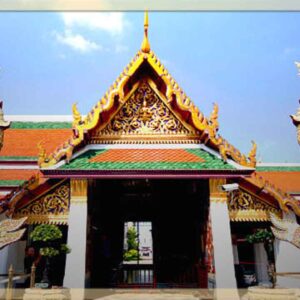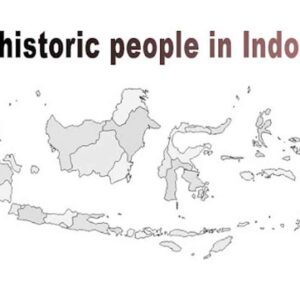After the death of Tohjaya (read: Anusapati and Tohjaya in history), in 1248 AD Rangga Wuni was crowned as a king with the title of Sri Jaya Wisnuwardhana. In carrying out the government, he was assisted by Mahisa Campaka who was given a post as ‘ratu anggabhaya’ and a royal name, Narasinghamurti.
In 1255, Wisnuwardhana made an inscription concerning the inauguration of two villages, Mula and Malurang, as ‘sima’ for his assistants who had been meritorious to the king.
In the book of Negara Kertagama, it was stated that Wisnuwardhana appointed his son, Kertanegara, a ‘Yuwaraja’ in 1254. Yuwaraja was a crown prince who was given in full authority in the government.
Before 1268, Kertanegara had not ruled as the king of Singasari. He was still running the government under the guidance of his father, Wisnuwardhana. In the inscriptions made by Kertanegara before 1268, the term ‘makamangalya’ which means under guidance, was always used.
Kertanegara was a very famous king of Singasari, both in politics and religious affairs. In politics, he was well-known as a king who had an idea to expand his kingdom outside Java to include the entire Nusantara. In religious affairs, he was famous as a disciple of Tantrayana Buddhism.
Some political events were recorded in Negarakertagama, and Pararaton books. But the two books gave different interpretations of the events Basically, Negarakertagama praised the actions taken by Kertanegara, whereas Pararaton criticized them. It can be concluded then, that there were people who agreed with Kertanegara’s actions, but there were also people who opposed them. It seemed that Kertanegara was resolute and brave, so all levels of the people highlighted his conducts.
